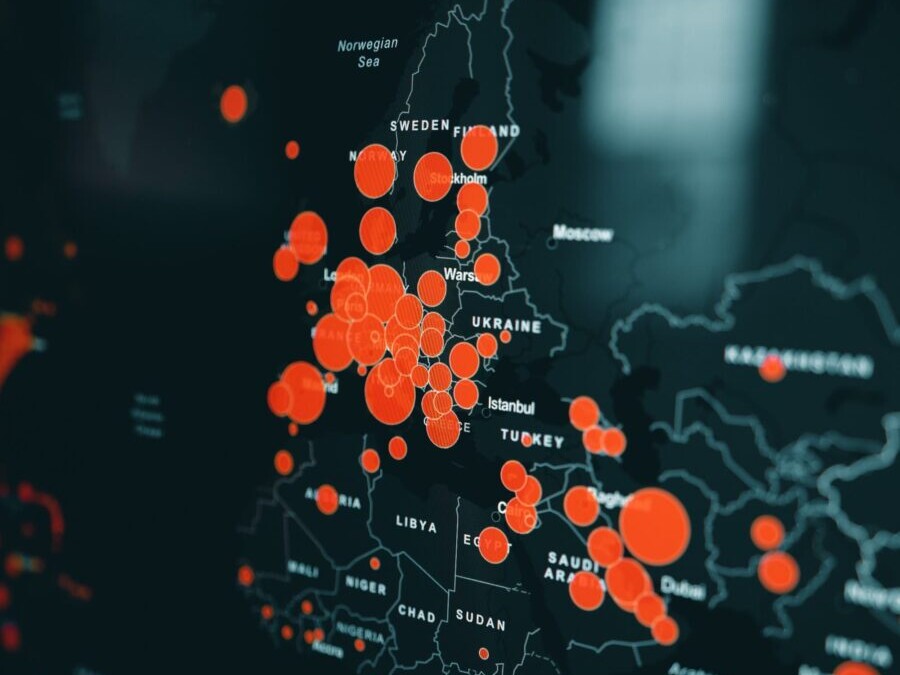Polonious provides powerful tools to help you manage investigations.
Case Management
Case Management
Let your investigators focus on investigating, not paperwork.

Evidence Management
Evidence Management
Polonious securely stores all forms of digital evidence so you can stay productive and manage your cases with ease.

Custom Dashboards
Custom Dashboards
Keep track of all your cases and important metrics with custom dashboards.


Reporting
Reporting
Save time with simple pick-list report builders and one click PDF reports.

Security
Security
Polonious' multi-layer approach to information security and ISO27001 certified security means your data is safe with us.


Workflows
Workflows
Polonious’ no-code approach means faster time to value and greater flexibility.

Collaboration
Collaboration
Polonious’ web based interface means anyone in your team can access their cases anywhere, any time.

Let's Get Started
Interested in learning more about how Polonious can help?
Get a free consultation or demo with one of our experts
Get a Demo



